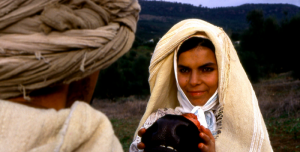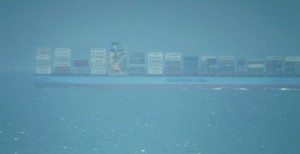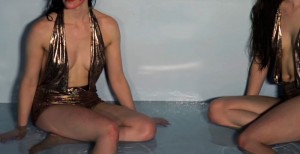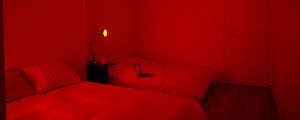During the reprisal of the La Quinzaine des réalisateurs (Director’s Fortnight) segment of this year’s Cannes Festival, Forum des Images in Paris presented a screening of Alejandro Jodorowsky’s La danza de la realidad (The Dance of Reality) with an opportunity to hear the artist himself speak after the film.
Based on the director’s own memoirs, the film has been 23 years in the making and explores his tumultuous relationship with his father in a visually inventive and very Freudian way. The story focuses on Jodorowsky’s childhood in the small town of Tocopilla in Chile, where his family owned a shop called the ‘House of Ukraine’. It’s a childhood haunted by the harsh and sometimes even cruel treatment by his father and the political and social changes of the 1940s affecting Tocopilla and rest of the country. Now in his eighties, Jodorowsky manages to lend his lens to his younger self and present the events of his and his father’s lives through those eyes. Not so surprising, seeing he has “no age, no nationality and no language”.
The film may be called the The Dance of Reality but the reality presented is enhanced with bright colors, dream-like sequences and strange creatures that inhabit the artist’s world. It is a play on the subconscious and the conscious, the battle between the id and the super ego. And even if it strays from the science fiction world that Jodorowsky inhabits so well, it manages to stay visually impressive and speak to the universal theme of identity crisis, acceptance and reconciliation in the family and within society.
Jodorowsky is an artist that has inspired many through the years. The most recent example being Nicholas Winding Refn’s Drive, dedicated to him and credited as Refn’s primary inspiration for his visual style. Yet, considering that Jodorowsky is a pioneer in the use of visual techniques in his films this statement may surprise you: “3D is not honest! The cinematography used for my film is a moral choice, a choice to be honest,” while in the same sentence adding, “cinema must preserve the illusion of art. You should always be aware that you are watching film, that this is art and not reality. There should be a distance, like Brecht did in the theatre”. Jodorowsky’s motto is the uniqueness of each artist’s voice, which is why he thinks that television, while great, the fact that several directors are commissioned to do the same thing for uniformity means it is not art.
Jodorowsky is all for capturing the collective psyche through personal stories, while at the same time preserving the illusion and the magic of the moving image, which he accomplishes without a doubt with his latest film. Describing with great pride the way he used new technologies in order to achieve an enhanced reality in his latest project he goes beyond that by utilising the latest trend of Internet crowd funding to produce it. And while it would be a mistake to think that the auteur director is a relic of another era, the existential nature of his work persists:
“I am not a man. I am a being. We are many things. When you don’t work on your soul, you destroy the planet. When you open your mind, you can save it.” **
La Quinzaine des réalisateurs is showing at the Forum des Images from May 30 to to June 9, 2013.





















